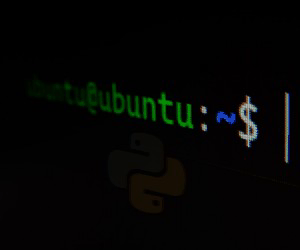Member-only story
How to Get Started with Python Development on Ubuntu
This guide covers the step-by-step installation of Python, pip, virtual environments, and Jupyter Notebooks on Ubuntu, providing the essential tools to start building AI applications with Python
Python is the lingua franca of artificial intelligence
Whether you’re building neural networks, implementing machine learning algorithms, or leveraging powerful AI libraries — Python is likely going to be your programming language of choice.
The language empowers developers to quickly prototype and build AI applications without getting mired in complex coding paradigms. From automating mundane tasks to building self-driving cars, Python is driving innovation in the AI space.
So if you want to level up your AI skills, it’s time to get friendly with Python.
The good news is that it’s easy to install Python and get up and running on Ubuntu.
In this beginner-friendly guide, I’ll walk you through how to install Python on the latest Ubuntu 22.04 or 20.04 LTS releases. First things first, let’s check if Python is already installed on your system…

Step 1: Checking for Python
Before installing Python, it’s a good idea to check if it’s already installed on your system. Open the terminal on your Ubuntu system and type:
python3 --versionThis will show you the version of Python 3 installed on your system. If you see an output like “Python 3.x.x”, you can skip to Step 3. If not, proceed to Step 2.
Step 2: Installing Python
To install Python on Ubuntu, open the terminal and type the following command:
sudo apt-get updateThis will update the package list on your system. Then, type the following command to install…

